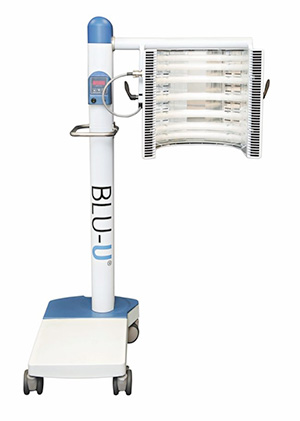The presence of spider veins near the surface of the skin can detract from the overall appearance in the area where they show.
Sclerotherapy is one of the most effective, tried and true techniques for eliminating varicose and spider veins. The problematic veins are injected with a formula called a sclerosant, causing them to gently close, and fade over time. The procedure is not generally performed on veins that may be needed for future medical procedures. Following treatment, patients are usually advised to avoid aerobic activity for several days.
Sclerotherapy is a treatment that can reduce and eliminate the appearance of varicose and spider veins. Sometimes blood may not circulate through certain veins properly or quickly enough and result in slight pooling of blood. When this happens in the superficial layers of skin, they can become distracting and call unwanted attention to themselves. Varicose veins are large and bulge out slightly from the skin. Spider veins are thinner, smaller veins that can’t be felt, rather they appear as starburst-like clusters or fine-lined mazes. The medical term for these veins is “telangiectasias.” These veins typically appear on the legs.
Veins that have been eliminated will not return; however, new ones may appear. About 50 to 80 percent of treated veins are eliminated with each sclerotherapy session. Some veins are not responsive to the sclerotherapy treatment. Alternative laser therapy may be used to address unreactive spider veins.
In general, physicians don’t use sclerotherapy for veins such as the saphenous veins, because they may be needed later in life for surgery. For safety reasons, we do not perform sclerotherapy on pregnant women or nursing mothers. Following the procedure, we may recommend that patients avoid aerobic activity for a few days.
For more information about Cosmetic Services, or to schedule an appointment, call DSA Dermatology at (972) 362-9567.
Sclerotherapy FAQ
What is sclerotherapy?
Sclerotherapy is a treatment that can reduce and eliminate the appearance of varicose and spider veins.
Is there any downtime?
You will be able to continue most of your regular activities, though you may be advised to avoid aerobic exercise for a few days.
What is involved in the procedure?
A gentle injection causes the vein to close and fade away.
Is it safe?
Sclerotherapy is one of the oldest and most effective treatments for spider and varicose veins.
Will any touch-ups be needed?
Veins that have been eliminated will not return; however, new ones may appear. About 50 to 80 percent of treated veins are eliminated with each sclerotherapy session. Some veins are not responsive to the sclerotherapy treatment. Alternative laser therapy may be used to address unreactive spider veins.
Can this be performed if I’m pregnant or nursing?
For safety reasons, sclerotherapy cannot be performed on women who are pregnant or nursing.
What areas can be treated?
On legs where spiders viens are located.
When will I see results?
Results typically appear within 3-4 weeks for spider veins and 3-4 months for varicose veins.




